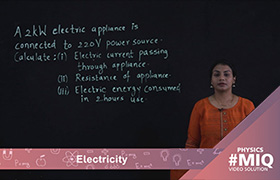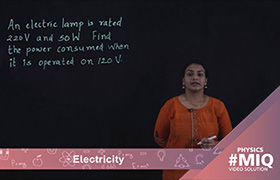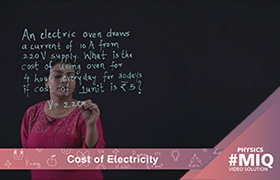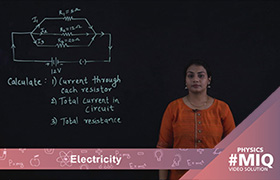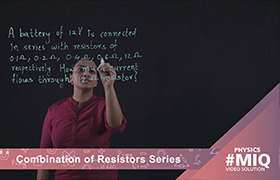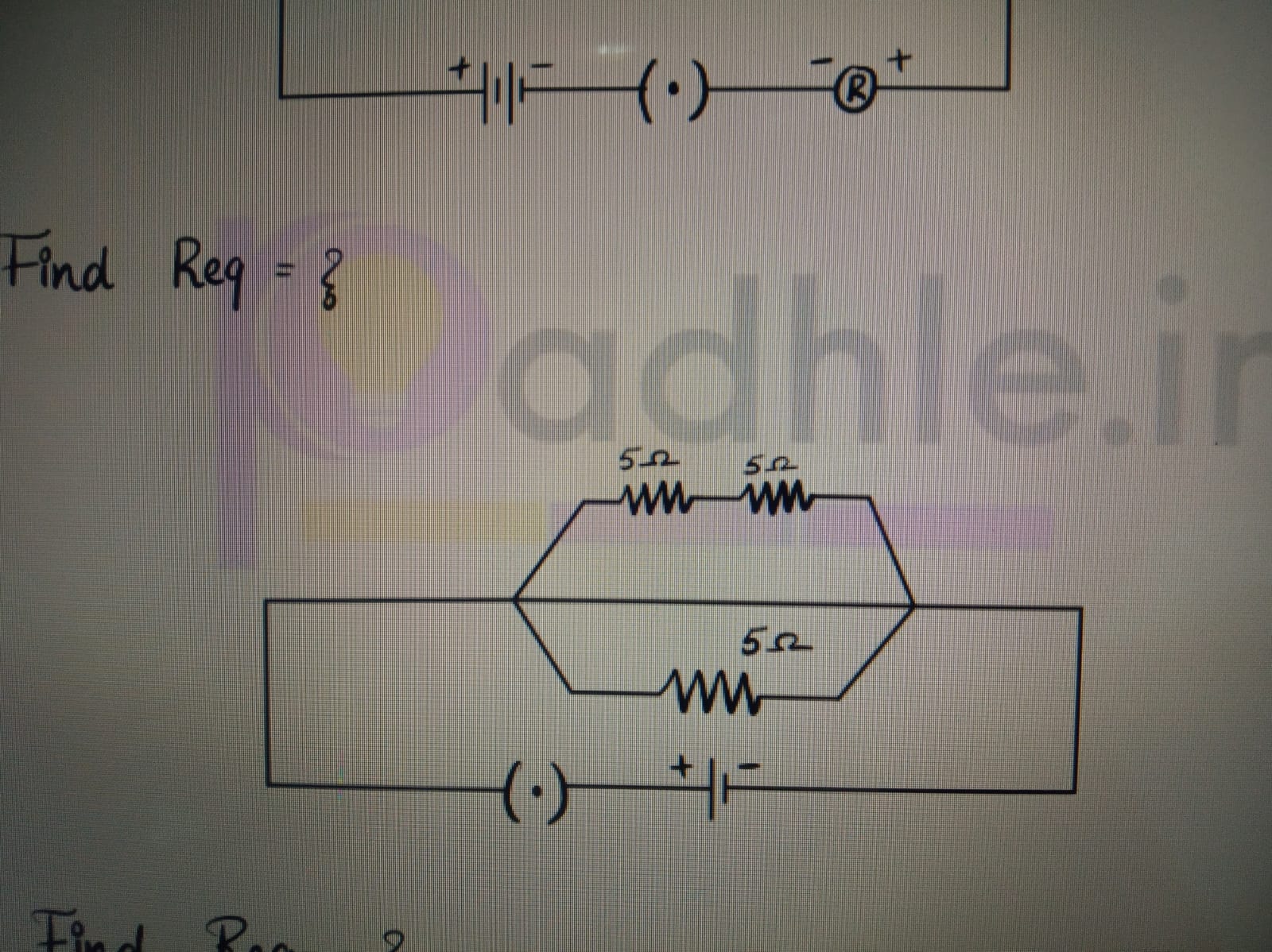CBSE Class 10 Answered
The resistance is potential difference divided by the electric current that'll flow.
Let's consider a glass tube containing air. The complete object is composite, but if we use sufficiently thin glass tube merely to contain or hold the air, we can say the object is air. If we apply sufficient voltage difference across the two ends of the tube, no current will flow. But if we increase the potential difference so that air ionizes, then the current will flow. Now we can just take the readings as potential difference divided by the electric current, that'll be the resistance of air. We have used the glass tube merely as a container, the same is true of air gap.
Regards,
Team,
TopperLearning.

